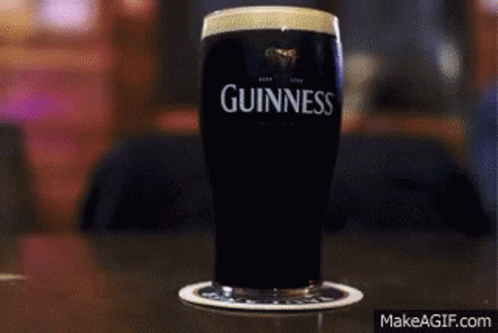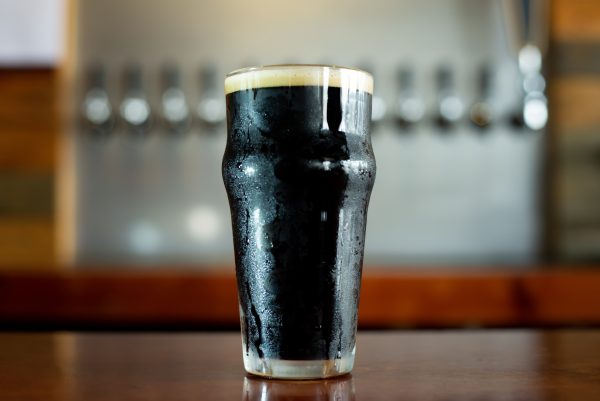Photo: Edgar Cervantes (Getty Images)
When it comes to cold weather beers, it’s hard to top the stout. This top-fermented, dark beer full of roasted barley flavors comes in a variety of styles including dry stout, Irish dry, milk stout, imperial stout, and oatmeal stout. On top of that, many breweries barrel-age their stouts to create an even more potent, (usually) bourbon-aged pint of seasonal magic. Stouts are rich, flavorful, and warming on a cool fall or frozen winter evening.
But, besides the basics, what exactly do you know about this dark beer style? Lucky for you, we decided to make a list of the most important, intriguing, and downright interesting stout facts. Check them all out below.
RANKED! The Mandatory Best Beginner Beers (For People Who Hate Beer)
Mandatory Staff Picks: The Best Beginner Bourbons
Visit the Mandatory Shop for great deals on your very own Mandatory merch.
Follow Mandatory on Facebook, Twitter, and Instagram.
10 Stout Facts
-
The name originated in the 17th century.

The first mention of the word “stout” to refer to a beer was in the Edgerton Manuscript in 1677. The name was being used to refer to a beer strong in alcohol. Over the centuries it has changed to mean a dark beer.
-
Stouts are full of antioxidants.

When you think of antioxidants you likely think of blueberries and other well-known super foods. But you should add stouts to the list. Not only is the style full of antioxidants, it’s a great source of iron.
-
Oyster stout really is made with oysters.

You’ve probably heard about oyster stout and just assumed it was an old timey name. In fact, real oysters were actually used to brew oyster stout in the 1800s and some breweries still use them today.
-
Many stouts might as well be light beers.

Guinness and many other dry stouts contain barely more (and sometimes fewer) calories than a light beer like Miller Lite and Bud Light. They might as well be referred to as light beers.
-
At one point milk stouts were given to nursing mothers.

At one point in history, it was believed that milk stout was so good for you that it was given to nursing mothers. Obviously now we know that drinking alcohol while breastfeeding really isn’t such a great idea.
-
They're easily confused with porters.

If you’re anything like us, you have a tough time telling the difference between stouts and porters. The main difference is the type of malt used. Stouts use unmalted roasted barley and porters use malted barley that isn’t roasted.
-
Goose Island invented bourbon barrel-aging stouts.

It might seem like barrel-aged stouts have been around forever. But, the style actually originated only 10 years ago when Goose Island released its first Bourbon County Stout.
-
Guinness really did start the Guinness Book of World Records.

Back in 1951, Sir Hugo Beaver, the managing director of Guinness Breweries was in a debate on a hunting trip about what game bird was the fastest. The need to know this fact and others led to the awards we know today.
-
Stouts are an aphrodisiac.

In many places in Africa, stout beer (specifically Guinness) is referred to as an aphrodisiac and is sometimes even called “Viagra.”
-
The Guinness Brewery was initially leased for 9,000 years.

After founding Guinness in 1759, Arthur Guinness rented a 4-acre brewery at St. James Gate in Dublin. He signed a deal to rent the space for the next 9,000 years at an annual rent of £45. The deal was eventually nixed when the brewery expanded.




